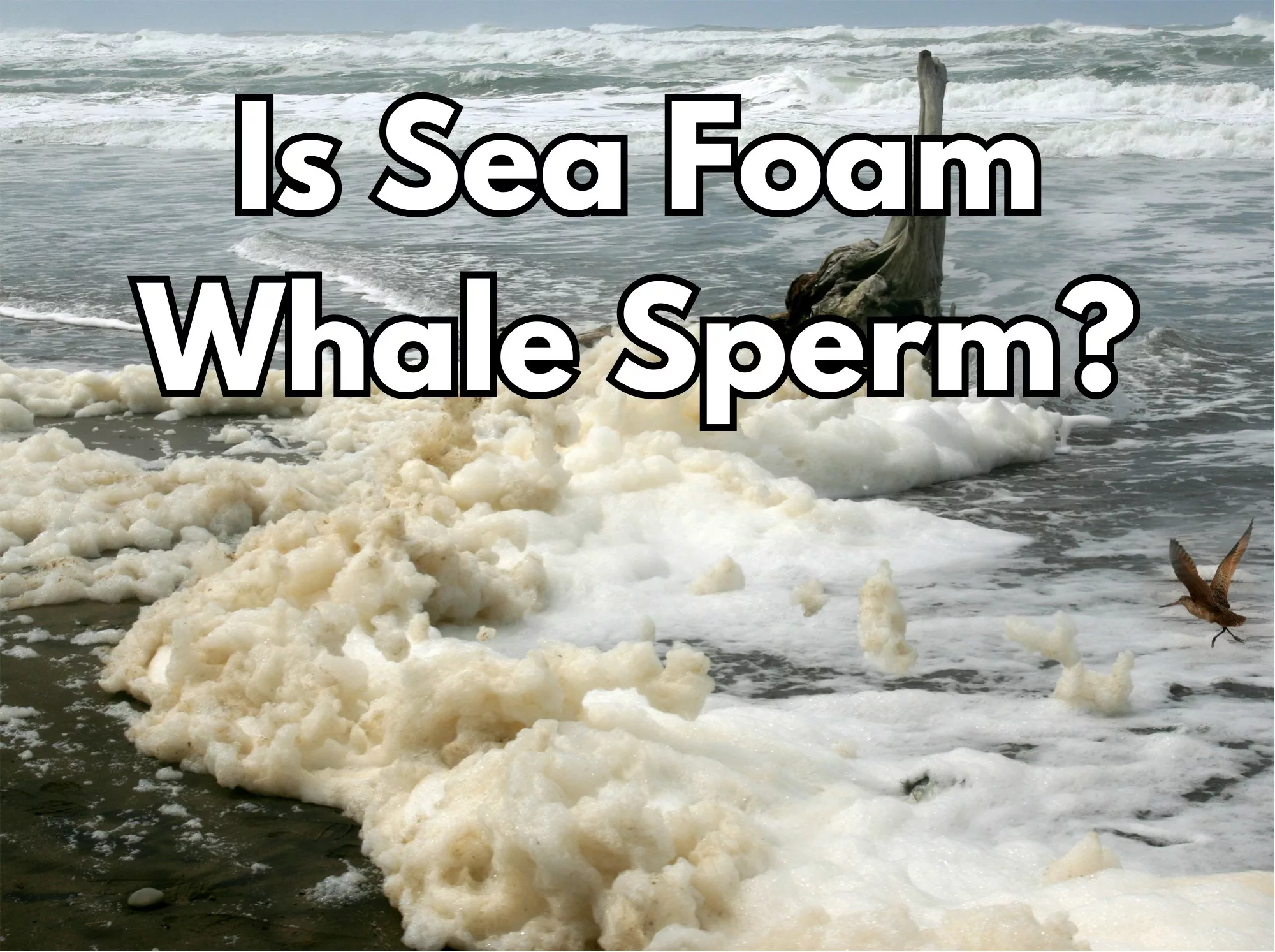The internet is teeming with myths, misconceptions, and quirky questions. One such curious question is “Is sea foam whale sperm?” While this may sound like an odd or even comical ask, it’s one that has gained some traction. This article dives deep into the waters of this claim, separating fact from fiction and enlightening you about the true nature of sea foam.
What Is Sea Foam?
Sea foam, also known as ocean foam, beach foam, or spume, is a frothy white substance commonly seen on the ocean’s surface and along coastlines. It’s created by the agitation of seawater, especially when it contains higher concentrations of dissolved organic matter.
The Science Behind Sea Foam
When seawater is churned by wind, waves, and currents, tiny air bubbles are created. These bubbles are surrounded by a thin layer of water. When the seawater contains organic matter like algae, proteins, and other materials, these substances act like surfactants (similar to the way soap does), stabilizing the bubbles and forming foam. As waves crash onto the shore, these bubbles accumulate and create the foamy blanket often observed on beaches. Much like your bath faucet makes foam out of bubble bath soap.
Debunking the Whale Sperm Myth
The idea that sea foam is “whale sperm” is a misconception. While it’s easy to laugh off, understanding why this isn’t true is crucial.
The Biology of Whales
Whales, like all mammals, produce sperm, but it’s not what you see floating as foam on the ocean surface. Whales reproduce by internal fertilization, and only a small fraction of sperm meets the egg. The vast majority of it is absorbed by the female or diluted in the vast ocean waters. If whale reproduction resulted in noticeable amounts of sea foam, our oceans would be a very different place!
Identifying the Source
If we take a step back and ask ourselves why such a myth might have started, we can speculate that the massive size of whales might have led people to imagine that everything associated with them, including reproduction, is on a colossal scale. Yet, nature is far more intricate and less dramatic than our myths suggest.
Environmental Concerns Around Sea Foam
While sea foam is a natural occurrence, excessive foam can be an environmental indicator.
Algal Blooms and Sea Foam
Large algal blooms, which can sometimes be harmful, produce a significant amount of organic matter. This increased organic content can result in more pronounced sea foam. Harmful algal blooms (HABs) can produce toxins that harm marine life and can be a danger to humans if ingested, inhaled, or come into contact with the skin.
Pollution and Its Impact
Sea foam can also indicate the presence of pollutants. If the foam has a strange odor or color, it might be due to pollutants or organic matter breaking down. It’s essential to report any unusual sea foam to local environmental agencies.
In Conclusion: The Beauty and Mystery of the Sea
Our oceans are vast, mysterious, and filled with wonders. While it’s fun to entertain myths and stories, it’s vital to understand the science and facts. So, the next time you’re at the beach and see sea foam, remember: it’s not whale sperm, but a natural, fascinating phenomenon that tells a story about our oceans’ health and the intricate balance of marine life.

